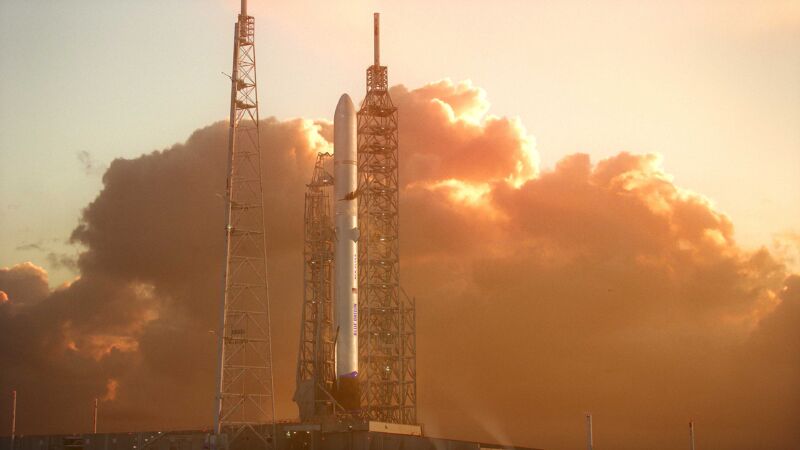[Read full article at Ars Technica] The first flight of Blue Origin’s New Glenn rocket seems to have a payload. Instead of launching a sports car, as SpaceX did with its first Falcon Heavy rocket, Jeff Bezos’s space company will likely launch a pair of Mars probes for NASA. NASA is aware of the risk of launching a real science mission on the first flight of a new rocket. But this mission, known by the acronym ESCAPADE, is relatively low cost. The Escape and Plasma Acceleration and Dynamics Explorers mission has a budget of approximately $79 million, significantly less than any mission NASA has sent to Mars in recent history.
This mission will use two spacecraft to measure plasma and magnetic fields around the red planet. With simultaneous observations from two locations around Mars, scientists hope to learn more about the processes that strip away atoms from the magnetosphere and upper atmosphere, which drive Martian climate change.

ESCAPADE is part of a new class of small planetary science missions in which scientists can propose concepts for modest probes to explore the solar system. The relatively low cost of these missions allows NASA to accept some additional risk. The agency wouldn’t be comfortable putting a billion-dollar Mars mission on any unproven rocket.
Bradley Smith, director of launch services at NASA, said Monday that the ESCAPADE mission will “very likely be the very first launch of New Glenn.” He told a NASA advisory committee that this would be an “incredible ambitious launch for New Glenn.”
Taking a chance
Because it’s going to Mars, ESCAPADE has a relatively narrow window to get off the ground next year. Documents on the mission presented at public meetings earlier this year indicated it had a launch window in August 2024, but Smith said Monday that the mission is now set to fly “around this time next year.” Advertisement
Rob Lillis, the mission’s principal investigator from the University of California Berkeley’s Space Science Laboratory, wrote on social media in April that the August 2024 launch window is “approximate and provisional.” He said engineers were still working on different trajectory options for ESCAPADE. Those options range from deploying the satellites into an orbit around Earth, then using their own propulsion to head for Mars, or a launch directly to the red planet. [Read full article at Ars Technica]

